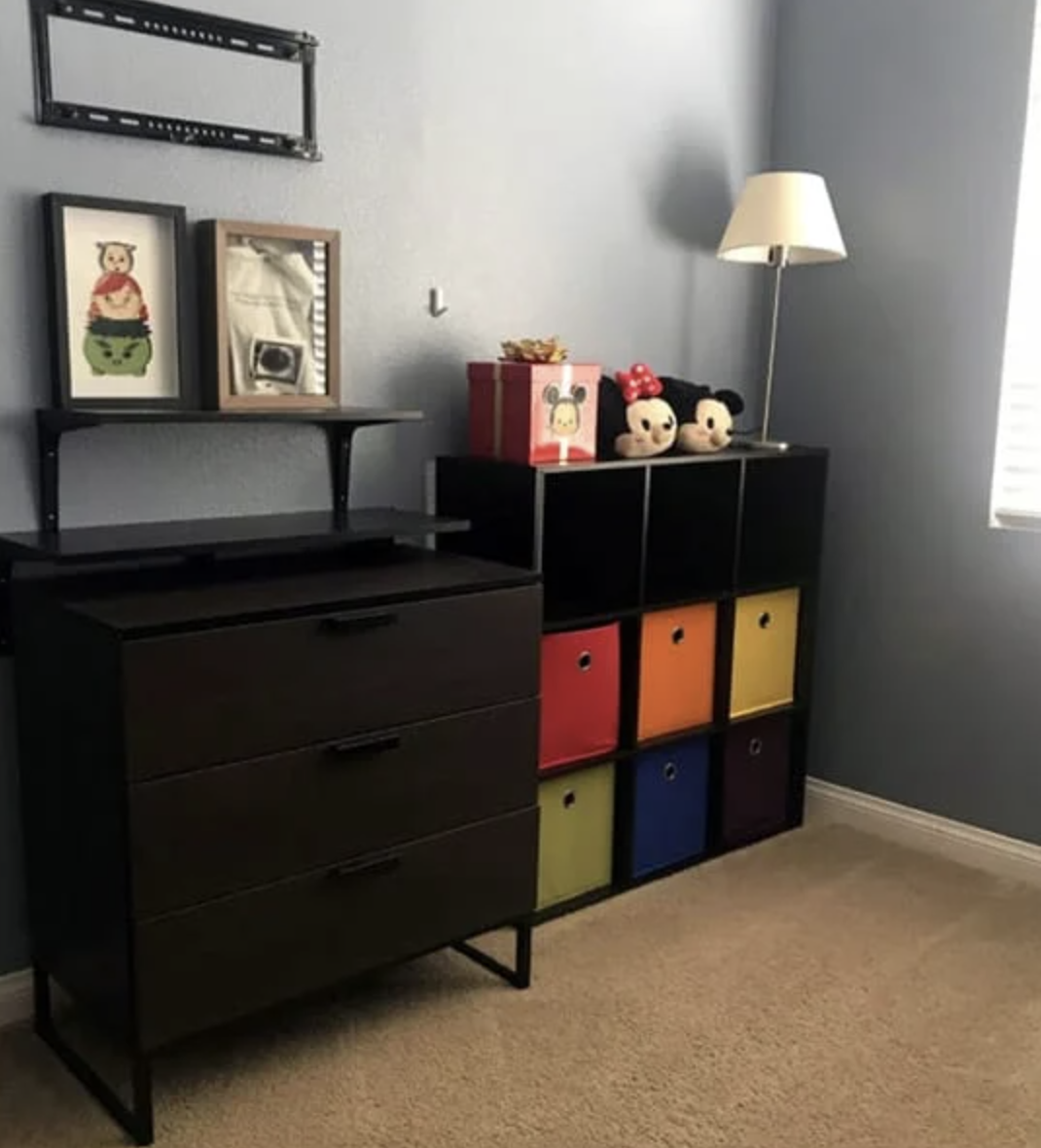5S is a method of organizing and maintaining a safe, organized, and highly efficient workspace of any type (manufacturing, warehouse, administration) and scope (warehouse, production line, office, work desk).
5S is part of the Japanese concept of the Toyota Production System (TPS) and supports the Just-In-Time method of production. The effort to effectively arrange the workspace has been known since the time of shipbuilders in Venice. Later, Alexej Gastev worked on the proper and ergonomic organization of workplaces at the Central Institute of Labor in the 1920s. A direct predecessor to 5S was Henry Ford's program: CANDO. Therefore, 5S is the result of the evolution of several approaches to optimizing workplace organization that emerged in Japan in the 1950s.
The advantage of the 5S method is that it incorporates the idea of continuous improvement directly. Besides organizing the workspace, 5S often serves as an entry point into Lean management. In a straightforward manner, it involves interested employees in changing the approach to processes in the organization while promoting the engagement of all employees, including management, and leading to a sense of ownership.
During the implementation of the 5S method, the workplace undergoes a gradual transformation in which all employees involved in activities within the designated area participate.
In the first step, Seiri (Sort, Sort Out), movable items in the workplace are divided into three categories: items necessary for daily or regular activities, completely unnecessary items, and items that cannot be classified into the previous two categories. Unnecessary items are disposed of, and unclassified items are labeled to track their usability over time.
In the second step, Seiton (Set in order, Set in Place), necessary items are arranged to be easily accessible. The places where these items are newly stored are temporarily marked, and items are always returned to their designated spots.
The third step, Seiso (Shine, Sweep), involves implementing a cleaning process for the workspace, including the used tools. The principle is that only clean and properly stored items are considered usable. This step often reveals deficiencies related to poor tool and machinery maintenance.
The first three steps are part of the implementation phase of 5S. The following two steps are the maintenance and improvement phase of the entire system.
In the fourth step, Seiketsu (Standardize), the established order is maintained through visual management, work instructions, and other tools. Adherence to the set standards is possible only when employees have the opportunity to actively manage the organization (participation) and identify with the workplace arrangement (ownership approach).
The fifth step, Shitsuke (Sustain), represents the logical culmination of the entire effort since employees themselves want and maintain the workspace in a standardized arrangement. To verify this, 5S audits are conducted by employees independently, for example, during shift changes. Other teams that do not work in that specific area also perform audits at regular intervals to prevent neglect and the decline of standards due to "operational blindness." The purpose of audits is to identify and eliminate shortcomings, not to find and punish culprits. In the fifth step, employees have the space to propose improvements for a better arrangement. The possibility to change the standards encourages proactive behavior and maintains a high level of employee involvement.
Since 5S serves as an excellent steppingstone for implementing Lean management, it is desirable to involve multiple departments across the entire organization, including management, in the implementation process. A significant mistake when attempting to introduce Lean management is to divide the organization into "production" and "administration," where production departments are forced to apply Lean methods, but administration is not involved and even distances itself from these changes. It is essential to realize that Lean management is focused on processes, regardless of their type. If management is equally engaged in the changes, it sends a clear signal that the changes are sincere, and it naturally assumes the role of a leader in the gradual transition of the organization into a Lean organization.
| Before 5S: | After 5S: |
 |
 |
Nowadays, high demands are placed on efficiency of resource utilization. 5S, as a steppingstone for implementing Lean management and Six Sigma methods, is, therefore, significant. Without a well-established 5S, Lean management often remains a formal system without evident results. Assistance in implementing 5S will be provided by undergoing training in the beginning.
| Training name | Training duration | Venue | Price | The nearest date |
|---|---|---|---|---|
| 5S (7S) – Japanese concept of workplace improvement |
1 day
(8:00 - 14:00)
|
Online |
450,00 €
553,50 € VAT included
|
21.05.2025
|
| LEAN Management |
2 days
(8:00 - 14:00)
|
Online |
810,00 €
996,30 € VAT included
|
09.07.2025 - 10.07.2025
|
| 5S - Practical workshop |
1 day
|
Company in-house training | On request |
According to you
|
| TPM - Total productive maintenance |
2 days
|
Company in-house training | On request |
According to you
|